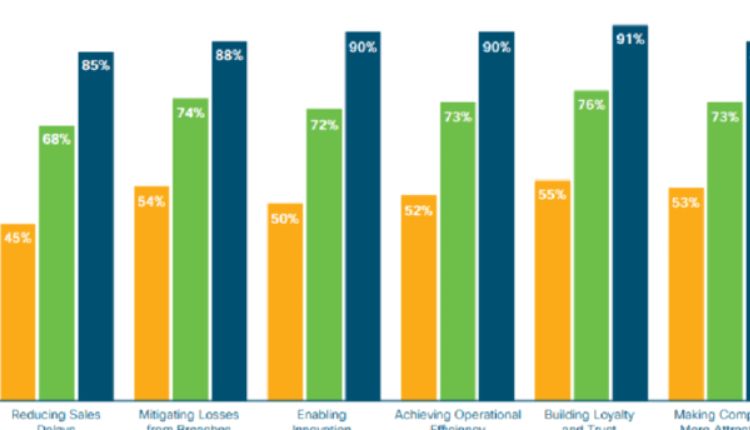Introduction
The ten-year Treasury bond holds a significant position in the world of finance and plays a crucial role in shaping economies and financial markets. This article delves into the historical significance and evolution of the ten-year Treasury bond, explores its impact on various economic landscapes, and highlights how it has responded to global trends over the years. From its inception to the present day, the ten-year Treasury has weathered countless economic storms, reflecting the resilience of the financial system and serving as a reliable benchmark for investors and policymakers alike.
I. The Origins Of The Ten-Year Treasury
In the aftermath of the Great Depression, the United States government sought to establish a stable financial system and promote economic growth. The introduction of the ten-year Treasury bond in 1938 marked a pivotal moment in history, providing a long-term debt instrument with a fixed interest rate. This innovation aimed to balance the government’s need for capital with investors’ desire for secure, long-term investments.
II. The Role Of The Ten-Year Treasury In Economic Stability
Throughout the decades, the ten-year Treasury bond has played a fundamental role in maintaining economic stability. It serves as a benchmark for interest rates across various financial products, influencing borrowing costs for consumers, businesses, and the government. As a reliable indicator of market sentiment, changes in the ten-year Treasury yield are closely watched by economists and policymakers as a signal of potential shifts in the economy.
III. The Impact Of Inflation And Monetary Policy
Inflation and monetary policy have a profound effect on the performance of the ten-year Treasury bond. When inflation rises, the real value of fixed interest payments declines, leading to a decrease in demand for existing bonds and, consequently, an increase in yields. Central banks’ monetary policy decisions, such as interest rate adjustments and quantitative easing, can also influence bond yields, affecting investor behavior and market dynamics.
IV. Global Economic And Political Influences
In an interconnected world, the ten-year Treasury bond is not only affected by domestic economic factors but also by global trends. Geopolitical events, trade tensions, and global economic shifts can lead to fluctuations in bond prices and yields. Investors worldwide view the ten-year Treasury as a safe haven asset, making it susceptible to capital flows during times of uncertainty.
V. The Ten-Year Treasury And Investment Strategies
For investors, the ten-year Treasury bond holds a unique place in their portfolios. Its low risk and relative stability make it an attractive option for risk-averse investors seeking steady returns. Additionally, the yield curve, a graphical representation of yields across various maturities, can provide valuable insights into economic expectations and guide investment decisions.
VI. Adapting To Technological Advancements
As the financial landscape evolves, so does the ten-year Treasury market. Technological advancements, such as electronic trading platforms and algorithmic trading, have reshaped how bonds are bought and sold. These changes have enhanced market efficiency but have also brought challenges like increased volatility and potential flash crashes.
VII. Conclusion
Over the past eight decades, the ten-year Treasury bond has proven its resilience and adaptability to changing economic conditions and technological advancements. It continues to serve as a vital benchmark for interest rates, a safe haven for investors, and a tool for policymakers to influence monetary conditions. As we move into an uncertain future, the ten-year Treasury will undoubtedly continue to play a central role in shaping financial markets and guiding investment strategies.
FAQs:
Q1: Why is the ten-year Treasury bond considered a safe investment?
A1: The ten-year Treasury bond is considered a safe investment due to its backing by the U.S. government. As a highly creditworthy borrower, the U.S. government is perceived to have a low risk of default, providing investors with confidence in the stability of their investment.
Q2: How does the ten-year Treasury yield impact mortgage rates?
A2: The ten-year Treasury yield is closely linked to mortgage rates. As the ten-year Treasury yield rises, so do long-term interest rates, including those on fixed-rate mortgages. Higher mortgage rates can lead to decreased demand for housing, affecting the real estate market and overall economic activity.
—
Please note that the content provided in this article is for informational purposes only and should not be construed as financial advice. Investing in bonds and other financial instruments involves risks, and individuals should conduct thorough research or seek advice from financial professionals before making investment decisions

